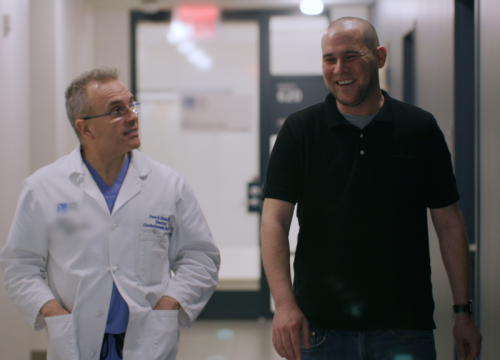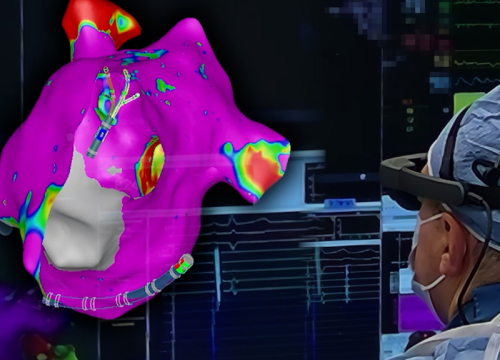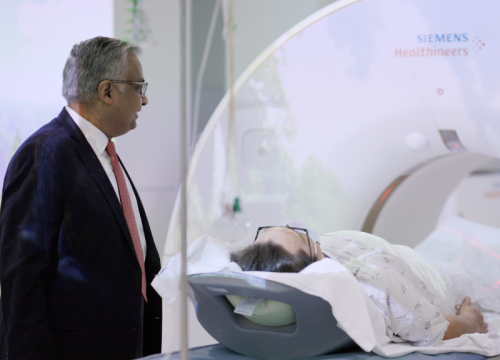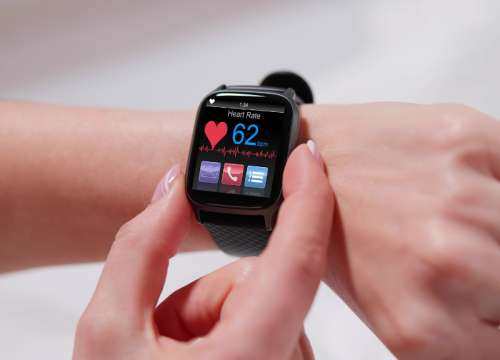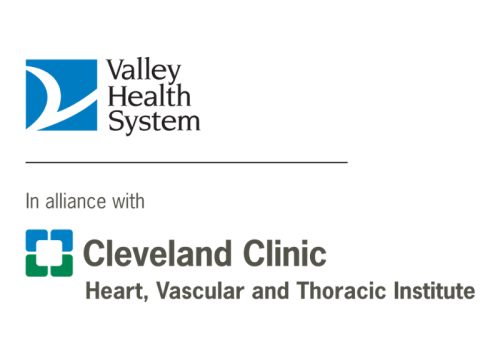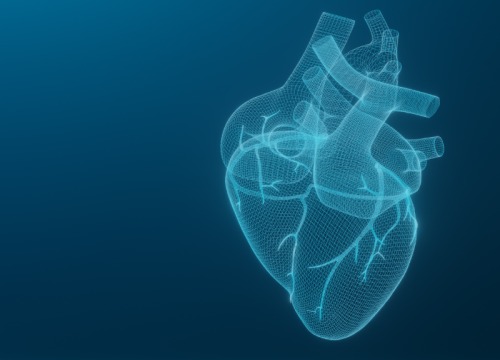Premature ventricular contraction (PVC) is a type of ventricular arrhythmia in which the heart's ventricles, the lower chambers of the heart that are responsible for pumping blood, contract earlier than they should, interrupting the regular heart rhythm.
PVCs occur when an extra electrical signal originates in the ventricles, causing a premature heartbeat. These beats are often inefficient heartbeats and do not generate sufficient blood flow into the arteries. While the heart usually compensates with a stronger beat afterward, people with PVCs may feel a skipped beat or fluttering in the chest.
Many patients diagnosed with PVCs have underlying heart disease, such as coronary artery disease or congestive heart failure. When these arrhythmias occur in patients with normal hearts, they are called idiopathic PVCs.
Symptoms of Premature Ventricular Contraction
Many people with PVCs experience palpitations, a fluttering sensation, or the feeling of a skipped heartbeat. These symptoms can be uncomfortable and can affect quality of life.
The severity of PVCs can vary depending on their frequency, underlying health conditions, and the presence of other heart problems. In most cases, occasional PVCs are benign and do not cause significant health issues. In some situations, they can have more serious effects:
- Worsening arrhythmias: Frequent PVCs, especially in individuals with underlying heart disease, may increase the risk of developing more serious arrhythmias, such as ventricular tachycardia (VT) or ventricular fibrillation (VF), which can be life-threatening.
- Impaired heart function: If PVCs occur very frequently (for example more than 10% of all heartbeats), they can weaken the heart over time, leading to a condition called PVC-induced cardiomyopathy, where the heart's ability to pump blood is reduced.
- Increased risk of heart disease: In people with pre-existing heart conditions, such as coronary artery disease or heart failure, frequent PVCs may indicate more significant electrical instability in the heart and could increase the risk of sudden cardiac death.
Diagnosing Premature Ventricular Contraction
PVCs can be detected during a routine electrocardiogram (ECG) performed in your physician’s office or in the hospital. To quantify the amount of PVCs, patients are often required to have a Holter monitor or a wearable event monitor, which monitor the heart rate and rhythm for longer duration.
In some cases, a cardiac MRI may be necessary to exclude any structural heart disease and to assess the presence of scar tissue in the heart.
Once the presence of PVCs have been confirmed, patients may require further testing, such as an echocardiogram, to evaluate underlying heart issues like cardiomyopathies. In some cases, a cardiac MRI may be necessary to exclude any structural heart disease and to assess for the presence of scar tissue in the heart.
Premature Ventricular Contraction Treatment at Valley
Each patient in the Ventricular Arrhythmia Program receives a personalized treatment plan designed to meet their specific needs. Treatment for PVCs depends on their frequency, presence of symptoms, and whether they are associated with underlying heart conditions.



